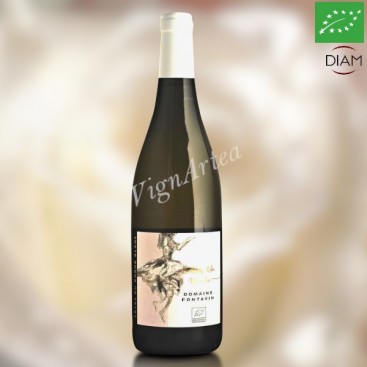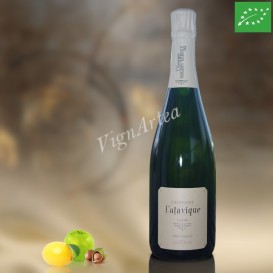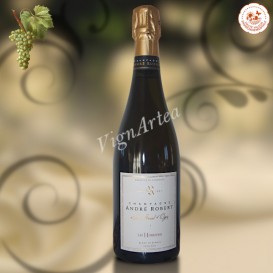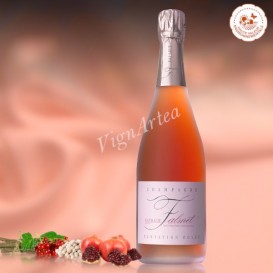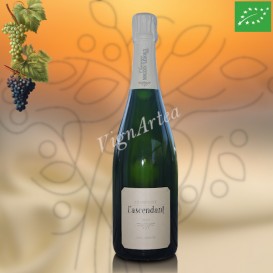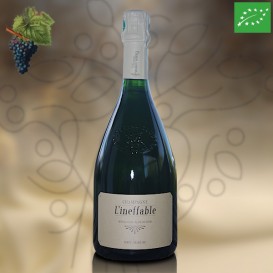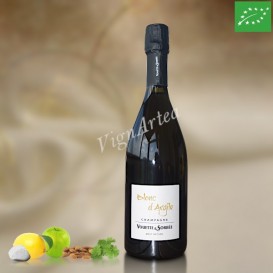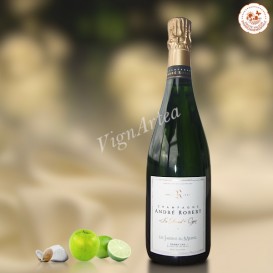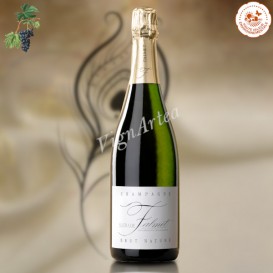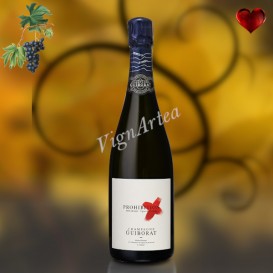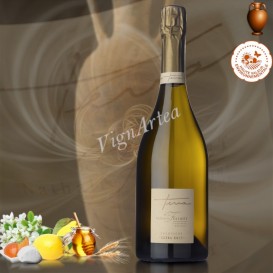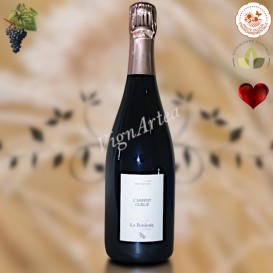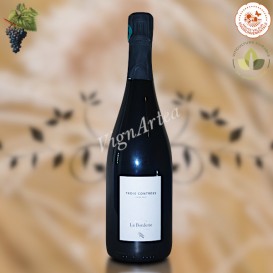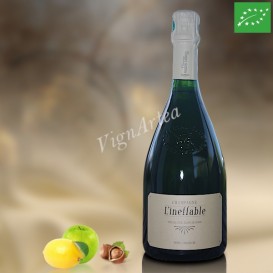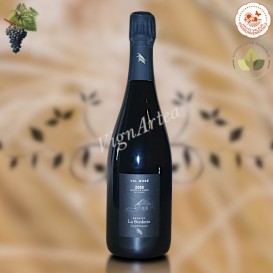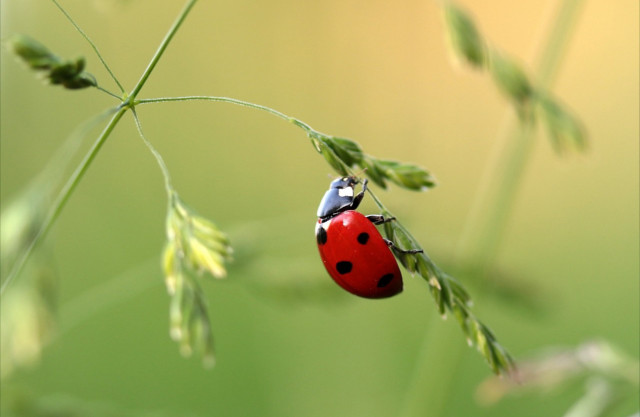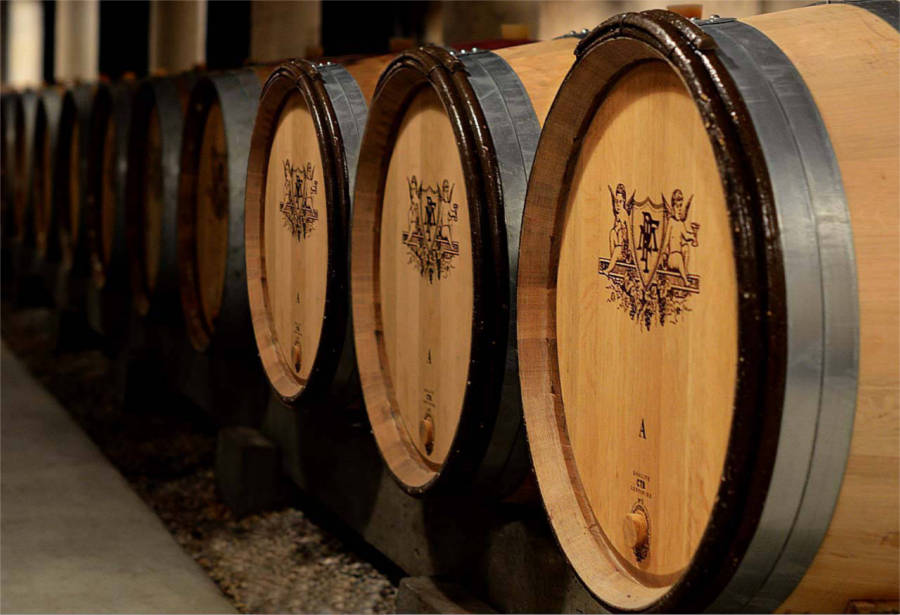LA PETITE ROBE BLANCHE 2022 (Domaine Fontavin)
RHÔNE - AOP CÔTES-DU-RHÔNE - DRY WHITE WINE
Grape varieties: Grenache blanc (50%) - Marsanne (15%) - Roussanne (15%) - Viognier (20%)
Native yeasts DIAM1® cork stopper
- Nose: Aniseed notes, fennel, peach and lemon aromas.
- Palate: fresh and fluid. Nice aromatic persistence.
- Tasting date: April 2023.
- OUR OPINION: a very aromatic white Côte-du-Rhône with a dominant aniseed flavour that gives it freshness. Let it get some fresh air in the glass for a few moment after opening, and drunk slightly chilled.
TERROIR
The soils and subsoils of Châteauneuf-du-Pape are complex and we can find there various deposits, in terms of their origin, age and nature. The fundamental substratum of the massif is represented by sands and sandstones deposited by the sea during the Miocene, at the time of the helvetian (-16 to -11 My). They are more particularly exposed on the edges of the massif, in the north on Orange and Courthézon, and in the south between Bédarrides and the village of Châteauneuf. These soils are covered with rolled pebbles from the upper plateaus.
In the Pliocene (-5 to -2 My), a new sea coming from the south fills the valley and the hill of Châteauneuf becomes an island. When the sea withdraws, it deposits vast layers of rolled pebbles, made of alpine quartzite pebbles mixed with a red clay matrix. We find them towards Cabrières, Mont-Redon, Farguerol, La Crau or Les Bois Sénéchaux.
At the end of a new glacial episode that took place between 370,000 and 13,000 years ago, the Rhône deposited another level of terrace, called the Riss terrace, lower down towards Sorgues. These soils have the same qualities as the high terrace but they are sensitive to drought because they rest on a thick filtering gravel.
The vines of the LA PETITE ROBE BLANCHE wine are planted on a soil of sand and sandstone deposited by the sea in the Miocene epoch (-16 to -11 My). They are covered with colluvium rich in quartzite pebbles from more recent fluvial deposits.
WINEGROWING & WINEMAKING
The cuvée LA PETITE ROBE BLANCHE is a white wine made from 4 grape varieties of 30 year's old vines.This cuvée has been made so to evoke the delicacy and lightness of a moving dress during a dance step.
The vines are cultivated according to the principles of the Organic Agriculture: one row out of two is grassed, and the soil is enriched by adding sheep compost.
The grapes are harvested manually and pressed by direct pressing.
The must is cold settled and fermented at low temperature. Only the alcoholic fermentation takes place, the malolactic fermentation is voluntarily stopped.
The must is racked and filtered by sterile filtration before bottling.
The bottle is sealed with a DIAM1® cork stopper which guarantees the absence of any TCA contamination or cork taste.
| Country | Rhône Valley |
| Color | White |
| Orange wines | No |
| Clay amphorae wines | No |
| Type | Dry |
| Vintage | 2022 |
| Capacity | 75 cl |
| Variety | Grenache blanc (50%) - Marsanne (15%) - Roussanne (15%) - Viognier (20%) |
| Main Grape Variety(ies) | Grenache blanc |
| Alcohol rate | 13,5 % |
| Quality Designation | Côtes-du-Rhône |
| Cellar Potential | 5 years |
| Service advise | 10°C. Open 1/4 hr before the service. |
| Culture Methods | Certified Organic Agriculture |
| Fining | No |
| Filtering | Yes |
| Comments | Direct pressing ♦ Native yeasts ♦ No malolactic fermentation |
| Stopper | Diam |

